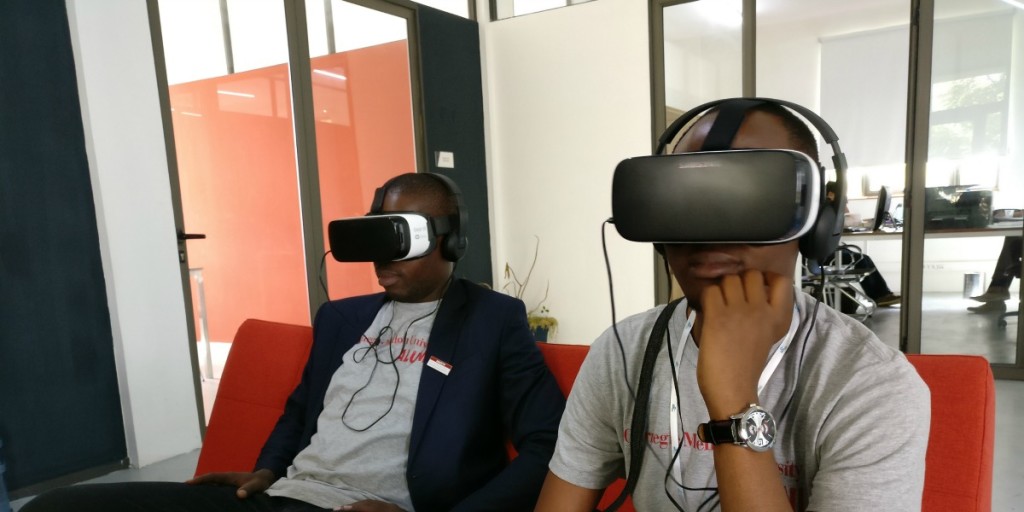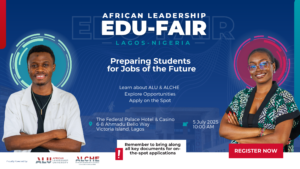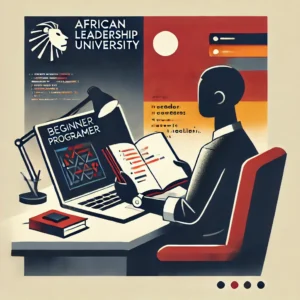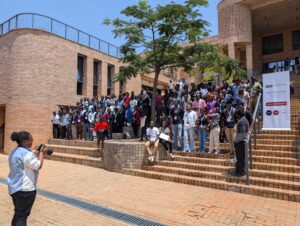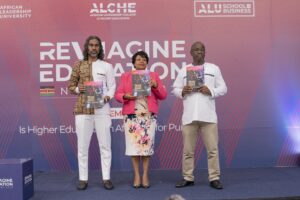[vc_row][vc_column][vc_column_text]Prior to this year, 2016 was marked as the official beginning of the Virtual Reality (VR) quest – the three-dimensional interactive virtual environment – to be largely noticed and patronized by the consumer market. Eight months into the year, the popularity of VR has multiplied from years before thanks to Oculus and HTC releasing their Rift and Vive headsets respectively. Samsung, LG, Google and other tech companies continue to play a role in this Virtual Revolution with their own lower-end headsets and mobile platform offerings. VR content is being handled by a swathe of people in the fields of engineering, science, sports, gaming, tourism, education. Adoption rate by consumers is increasing at a steady pace. The VR industry is expected to be worth close to $16 billion by 2019, according to Citi analyst Kota Ezawa.
Although unproven, writing Virtual Reality off as the next farce following the 3D TV is unacceptable at this point; it seems to be heading for success with all the investment going into it. Regardless of the fate of VR, one field desperately needs a facelift in the form of immersive and interactive stereoscopic content; education.
Getting information through reading does stimulates the creative and imaginative abilities of our brains. After 2 weeks, however, the human brain tends to recollect only about 10% of what we read, according to the cone of learning by American educationist Edgar Dale in his book, “Audio-Visual Methods of Teaching”. In this same period, 20% of what we hear is retained, but the brain goes all the way up to 90% efficiency in remembering when we gather information through a combination of stimuli. Virtual Reality is simulation in its ideal form. Coupled with reading and listening, Virtual Reality not only increases our capacity to remember, it also enhances our understanding in the respective fields of education.
The Education Space
Imagine being virtually present in Ghana, experiencing the run-up to March 6th, 1957 when she attained her independence. VR technology could create a significantly more vivid picture of one of Africa’s biggest historical moments, compared to any other form of media transmission. In addition to that, we get to have a better understanding of these events and our sense of empathy heightens when an historical moment like the above mentioned encircles us. Empathy drives change, precaution, activism and other active decisions we make. If VR technology puts the power to transmit empathy through students, a positive impact from our next leaders is invariably expected to follow.
Aside historical applications, VR technology can be integrated into the entire educational curriculum. Learning is enhanced with VR content and evidence is available in the current educational applications; Universiv, Alchemy VR, Google Expeditions, Discovery VR, zSpace, Woofbert VR, and Nearpod are just a few of the initiatives currently pioneering VR in education in innovative ways. Michael Bodekaer is a techpreneur who is revolutionizing science classes one virtual lab at a time. Michael and his team have created simulation labs and environments to enable students have access to practical material. In his TED Talk, he talks about students being allowed to conduct experiments and experience chemical reactions on a molecular level in a virtual space. Students also get to conduct experiments which are usually too risky or expensive to try in the classroom, and once they go through this, they have a better understanding of what they are doing and why they are doing it. He also talks about the study with 160 students in Stanford University and Technical University in Denmark which proved that a combination of VR education and teacher-led coaching and mentoring increases the learning effectiveness of students by 101%.
ALU is leveraging VR technology in their marketing strategy to create a virtual experience which sums up the modus operandi of the institution in a way that words cannot aptly describe. The 5-minute video elaborately walks viewers through a day in the life of an ALU student and the radically different educational methods employed to shape Africa’s next leaders. In just 5 minutes, viewers have a good idea of what ALU is all about.
It is imperative that teachers and other stakeholders in the education industry adopt and leverage virtual reality technology to enhance the teaching and learning experience in our institutions. The fate of our world lies on the shoulders of our future leaders, who stand a better chance of having a significantly positive impact in our socioeconomic and environmental setting if they are empowered through the most effective means – and virtual reality is one of them.[/vc_column_text][/vc_column][/vc_row]

